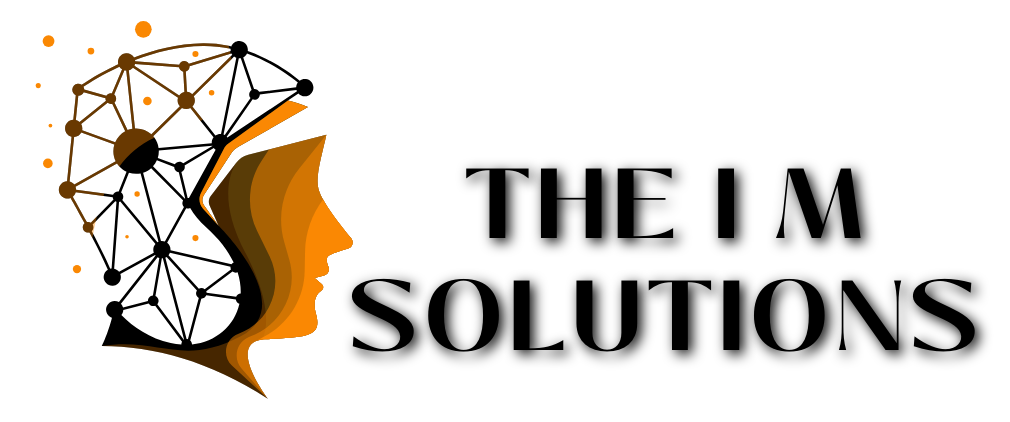In the rapidly evolving field of web development, staying ahead requires using the right tools to streamline workflows, enhance productivity, and ensure top-notch quality. Whether you are a seasoned developer or just starting out, here are ten essential tools that can significantly boost your efficiency and performance.
1. Visual Studio Code (VS Code)
Visual Studio Code is a free, open-source code editor developed by Microsoft. It supports various programming languages and comes with a plethora of extensions. Key features include:
- IntelliSense: Smart completions based on variable types, function definitions, and imported modules.
- Debugging: Built-in debugging tools for multiple languages.
- Extensions Marketplace: Thousands of extensions for customization and added functionality.
2. Git and GitHub
Version control is crucial for managing code changes and collaboration. Git, coupled with GitHub, offers powerful tools for this purpose:
- Version Control: Track changes in your codebase efficiently.
- Collaboration: Work on projects with other developers seamlessly.
- Repositories: Host and manage your code online with GitHub.
3. Chrome DevTools
Chrome DevTools is an indispensable suite of web development tools built into the Google Chrome browser. It helps with:
- Debugging JavaScript: Step through code, set breakpoints, and inspect variables.
- Performance Monitoring: Analyze and improve page load performance.
- Network Inspection: Monitor network activity and diagnose issues.
4. Node.js
Node.js is a JavaScript runtime built on Chrome’s V8 JavaScript engine. It allows developers to use JavaScript on the server side, offering:
- Non-Blocking I/O: Handles many connections concurrently.
- Rich Ecosystem: Access to npm (Node Package Manager), which hosts thousands of libraries and modules.
- Scalability: Suitable for building scalable network applications.
5. Webpack
Webpack is a module bundler for modern JavaScript applications. It bundles JavaScript files for usage in a browser, managing dependencies efficiently. Features include:
- Code Splitting: Break code into smaller bundles to optimize load times.
- Loaders: Transform files into modules you can import into your application.
- Plugins: Extend Webpack’s capabilities with a variety of plugins.
6. Sass (Syntactically Awesome Stylesheets)
Sass is a preprocessor scripting language that is interpreted or compiled into CSS. It offers:
- Variables: Use variables to store values like colors, fonts, or any CSS value.
- Nesting: Nest CSS selectors in a way that follows the same visual hierarchy as your HTML.
- Mixins: Create reusable pieces of code to avoid repetition.
7. React
React is a JavaScript library for building user interfaces, maintained by Facebook. Its key features are:
- Component-Based: Build encapsulated components that manage their own state.
- Virtual DOM: Efficiently updates and renders the right components when data changes.
- Hooks: Use state and other React features without writing a class.
8. Postman
Postman is an API development tool that simplifies the process of developing, testing, and monitoring APIs. It provides:
- API Requests: Create and send HTTP requests.
- Testing: Automate tests and validate responses.
- Collaboration: Share APIs and collaborate with your team.
9. Jira
Jira is a powerful project management tool used for bug tracking, issue tracking, and project management. It helps with:
- Agile Development: Supports Scrum, Kanban, and other agile methodologies.
- Task Management: Track tasks, assign work, and monitor project progress.
- Custom Workflows: Customize workflows to match your development process.
10. Figma
Figma is a collaborative interface design tool. It allows developers to work alongside designers in real-time. Key features include:
- Collaborative Design: Multiple team members can work on a design simultaneously.
- Prototyping: Create interactive prototypes to visualize user interactions.
- Design Systems: Manage consistent design across projects with reusable components.







